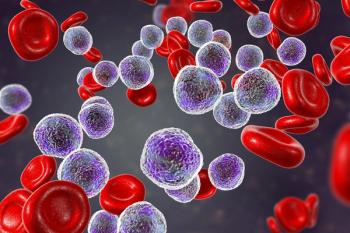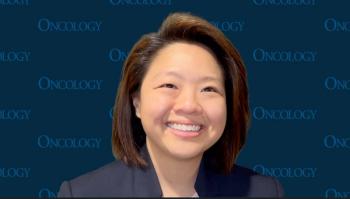
- ONCOLOGY Vol 14 No 10
- Volume 14
- Issue 10
Mayo Clinic Study Shows Patients Uncertain About Cancer Risk Terms
Many patients misunderstand when their healthcare providers use terms such as “high” or “low” to explain their cancer risks, according to a Mayo Clinic study published in the August 2000 issue of the Journal of Psychosocial Oncology.
Many patients misunderstand when their healthcare providers use terms such as high or low to explain their cancer risks, according to a Mayo Clinic study published in the August 2000 issue of the Journal of Psychosocial Oncology.
People are making decisions based on what they perceive their risk of cancer to be, commented Marlene Frost, PhD, a Mayo Clinic nurse researcher and the studys principal investigator. If they underestimate their risk, they might not be doing the screening they should be. For those who overestimate their risk, the potential emotional ramifications present a problemthey may experience unnecessary psychological distress. These findings highlight the need for the individual seeking information about cancer risk to ask questions about their specific risk and how that risk compares to the risk of the general population.
Communication and Misinterpretation
The study confirms that many individuals do not comprehend the concepts of general population risk for cancer or how much that risk is increased by having a family history of cancer. This research underscores the need for health-care providers to offer sufficient background information so that people can better understand the meaning of their risk assessment.
The Mayo Clinic study of 78 women included 39 individuals with a cancer diagnosis and 39 individuals without a cancer diagnosis. Prior to actual risk evaluation, the women without a cancer diagnosis were asked about their lifetime risks. The results show a dramatic lack of agreement between the participants qualitative and quantitative assessments of their lifetime cancer risks, with participants reporting a wide percentage range of risk for each qualitative level. The 28 individuals who reported their risk as high defined that risk as ranging from 16% to 88% over their lifetimes. Among the other findings of the study, the majority of individuals reported an increase in their stress levels as a result of viewing themselves at increased risk for cancer.
Articles in this issue
about 25 years ago
New Awards Spotlight Courage of Cancer Survivorsabout 25 years ago
Children’s Art Project at M. D. Anderson Cancer Centerabout 25 years ago
Settling on an Increased NCI Budgetabout 25 years ago
Computer Billing Standardabout 25 years ago
Ligand Receives FDA Marketing Clearance for Bexarotene Gelabout 25 years ago
Multidisciplinary Management of Pediatric Soft-Tissue Sarcomaabout 25 years ago
Follow-up Care for Cancer: Making the Benefits Equal the CostNewsletter
Stay up to date on recent advances in the multidisciplinary approach to cancer.


















































































